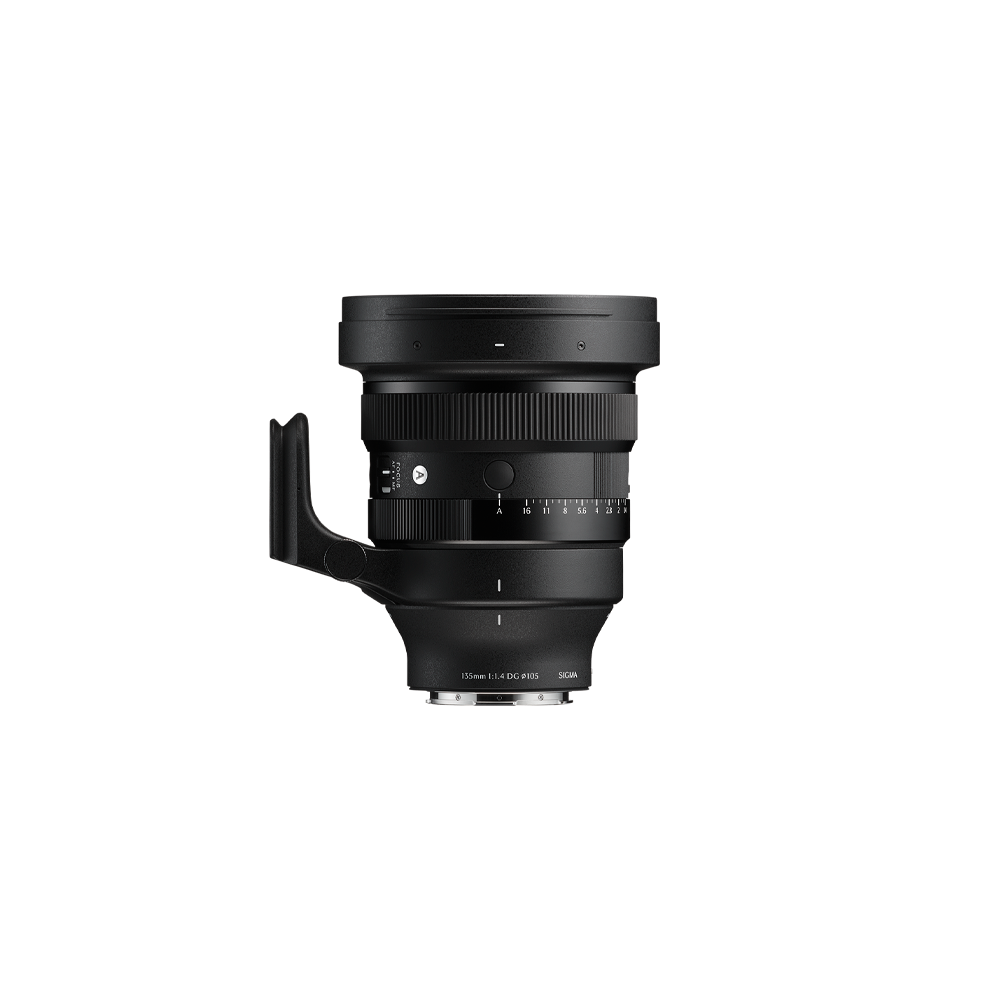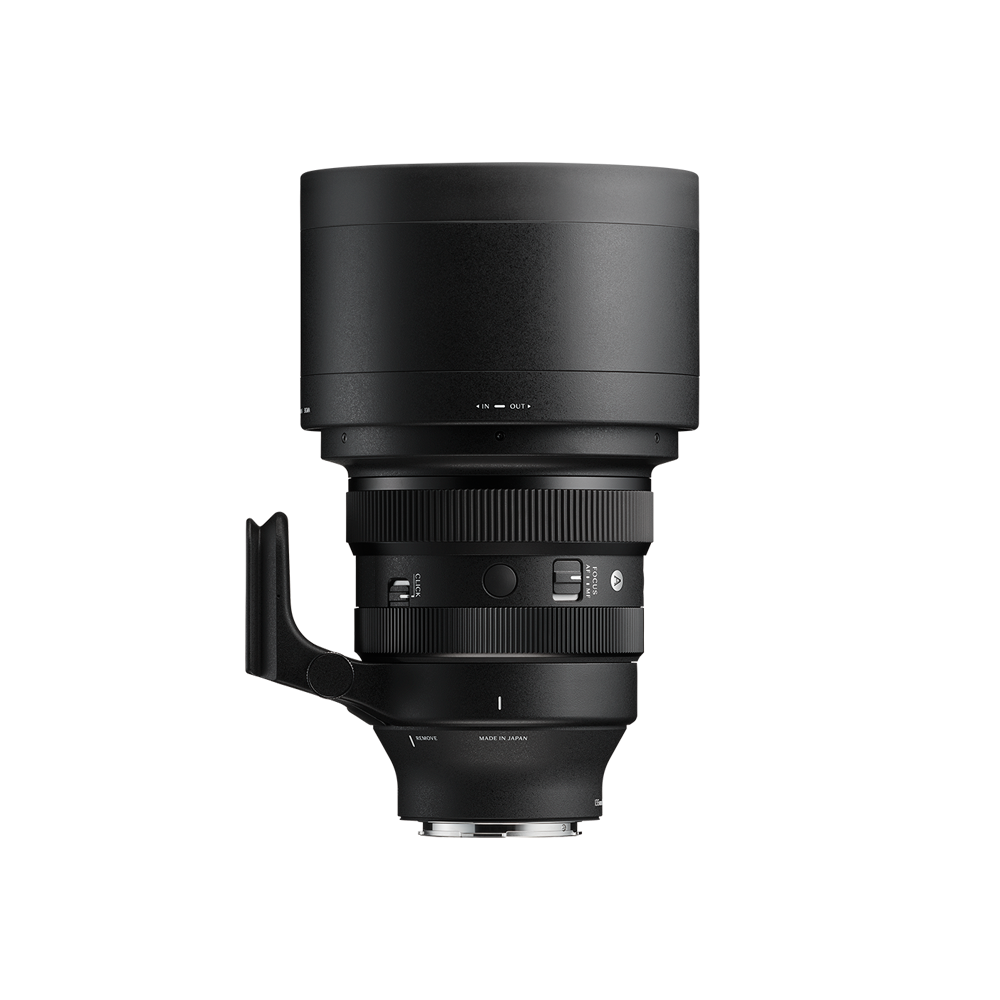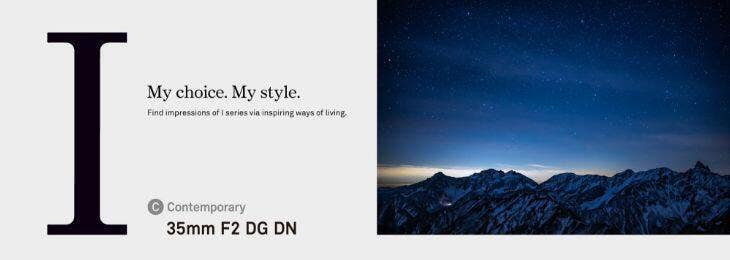35mm F2
DG DN


- All-metal construction
- Classic wide standard prime
- Fast maximum aperture of F2
- Manual aperture ring
- High-speed, accurate autofocus
- Magnetic lens cap and metal lens hood
- Mount with dust and splash-resistant structure
- Designed to minimize flare and ghosting
- Compatible with Lens Aberration Correction*
AWARDS
|
HOT ONES |
2021 |
|
GOOD DESIGN AWARD |
2021 |
| Angle of view | Standard |
|---|---|
| Camera Type | Mirrorless |
| Lens Mount | L-Mount, Sony E-mount |
| Sensor Size | Full Frame |
| Construction | 10 elements in 9 groups |
| Angle of view | 63.4° |
| Number of diaphragm blades | 9 (rounded diaphragm) |
| Minimum aperture | F22 |
| Minimum focusing distance | 27cm |
| Maximum magnification ratio | 1:5.7 |
| Filter diameter | 58mm |
| Dimensions (diameter x length) | L-Mount φ70mm×65.4mm |
| Weight (g) | L-Mount 325g |
| Edition number | C020 |
| Supplied Accessories | Lens Hood LH636-01, Magnetic Front Cap LCF58-01M, Front Cap LCF-58mm III, Rear Cap LCR II |
| Accessories | Lens cap Holder CH-11, USB-dock UD-11, WR Protector Filter 58mm, WR C-PL Filter 58mm |
| EAN-code | L-Mount 085126347659 |
| Specifications Info | * L-Mount is a registered trademark of Leica Camera AG. |
I series | A new photographic experience, “Premium Compact Primes”for mirrorless users
The Sigma I series features full-frame-compatible lenses that offer mirrorless users a new and better alternative, both in the experience of shooting with the lens and in the impressive results it is able to achieve.
One of the key advantages of mirrorless cameras is their smaller form-factor, and this new 35mm optic is designed to be perfectly matched to these more compact systems without sacrificing performance. This combination of superb optical quality with exceptional portability, not previously possible with DSLR systems, will bring new opportunities to this and future generations of photographers.
Simultaneously, Sigma is aware that, in this day and age when we have such huge diversity when it comes to what we use to photograph, as represented by smartphones, people look for something more than a mere act of “taking pictures” when they choose to own a camera and lenses.
Sigma’s excellence in development and processing technologies has been built up since its founding in 1961, and has become further sophisticated with the introduction of the Sigma Global Vision in 2012. With this as a base, Sigma has given careful thought how photographers use and enjoy their lenses, including optical design, advanced functionality, build quality and the experience of picking up and using the lens, and with all of this carefully considered, the I series was born.
New standards of optical performance for the Contemporary line
The 35mm F2 DG DN | Contemporary brings to the table the highest level of optical performance at a maximum aperture of F2 with a lens body of a size that matches a mirrorless system.
Axial chromatic aberration, a point of particular concern with a bright lens, is corrected with SLD glass, while an optimal placement of high-refractive index elements provides effective correction of various types of aberration while keeping the amount of glass used to a minimum. The use of three high-precision glass-molded aspherical lenses, which were made possible thanks to advanced production technology at the Aizu factory, Sigma’s only production site. These elements provide correction of spherical aberration and field curvature, and the fluctuation of aberration at the time of focusing. The lens design also provides a very good correction of sagittal coma aberration, making it capable of capturing details fine enough for it to be used for night sky photography.
Thanks to cutting edge optical design and advanced processing technology, the 35mm F2 DG DN | Contemporary offers consistent, high resolving power right across the frame.
Use of multiple high-precision aspherical glass molded lenses
The surface of molds for glass molding, which is a process that forms optical components by pressing glass materials at high temperatures, requires ultra-high precision. Sigma uses high-precision molds whose surfaces are controlled with an accuracy of ±5 nanometers (0.000005 mm) or smaller. High precision aspherical glass molded lenses archives both good aberration correction and compact lens size.


Exceptional I series build quality with a compact form-factor
All I series lenses have an all-metal construction. The precision-cut aluminum parts not only give the barrel a sleek, stylish finish, but provide superb durability, which improves the quality of the entire product. Metal materials are also used in internal structures that slide with the operation ring for added robustness. These high-precision components crafted with Sigma’s cutting-edge metalworking technology are also used in Sigma’s cine lens line-up for professional cinematographers and provides an exquisite feel to touch as well as sound effects, making photographers want to reach for it and play with it over and over again.
The cover ring between the focus ring and the aperture ring has hairline processing that is also used for the rear cylinder of the Art line. This 1covering functions as a finger hold when attaching or detaching the lens.


Magnetic metal lens cap
The I series lenses* are accompanied by a dedicated magnetic metal lens cap, in addition to a normal plastic cap. This dedicated metal cap clips to the front surface of the lens magnetically. It is no exaggeration to say that this meticulously crafted cap represents the finishing touch for the I series.
*Except 45mm F2.8 DG DN | Contemporary
*Cannot be used when a filter is attached.
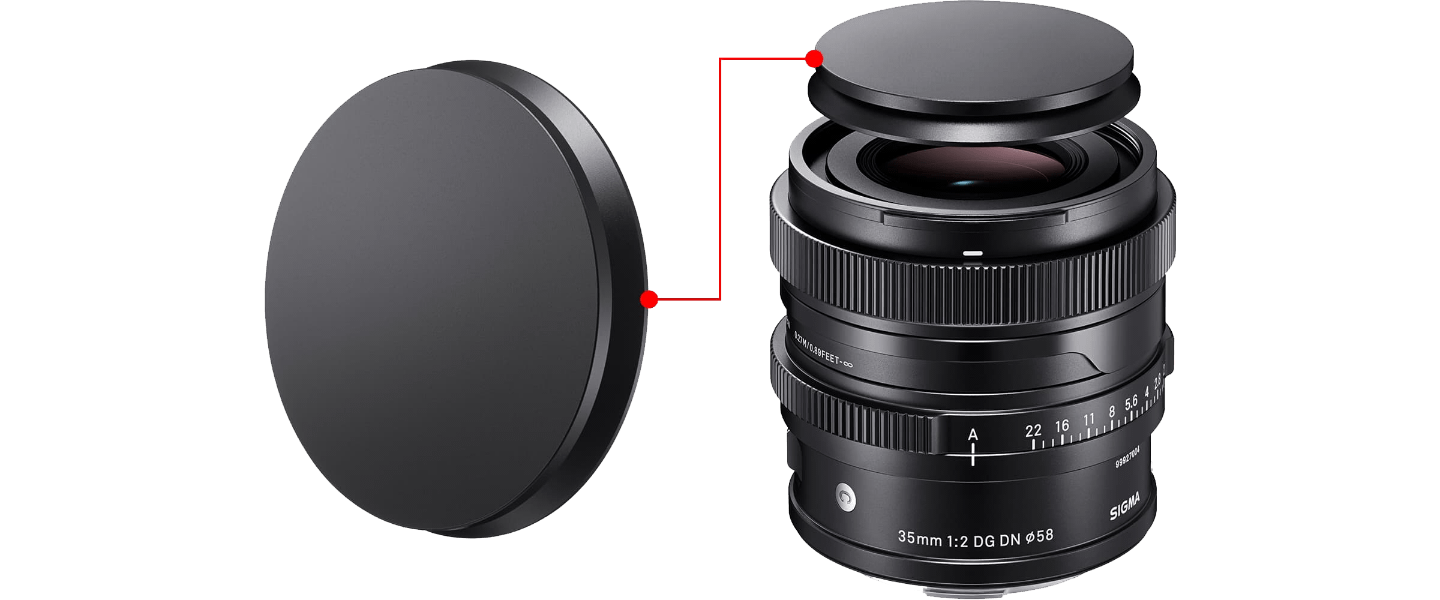

Magnetic metal lens cap holder LENS CAP HOLDER CH-11 (sold separately)
When a cap is removed from the lens it should have a proper place where it can be kept. Using this as a starting point, a cap holder using the magnetic force of the dedicated cap was created.
With the cap attached to the ring plate, and the plate clipped to a bag or belt, the cap is always within easy reach and is less likely to get lost. Plus, its elegant design is a stylish addition to a photographer’s equipment.
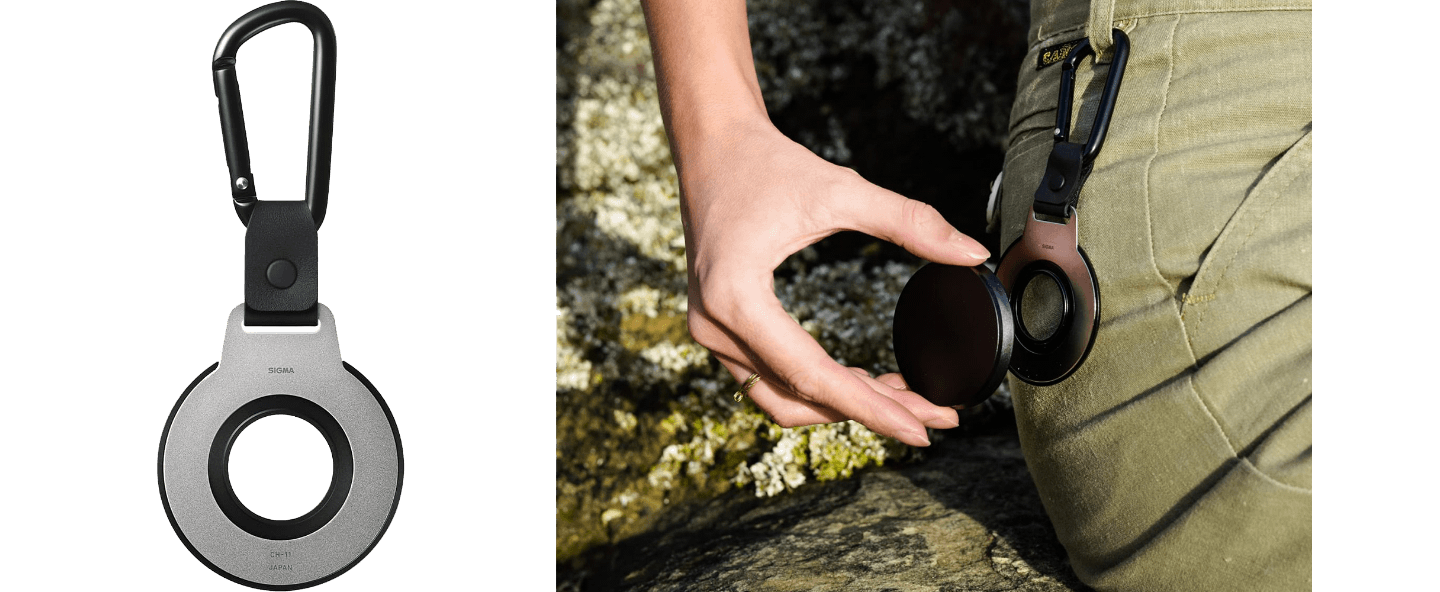

LENS CONSTRUCTION
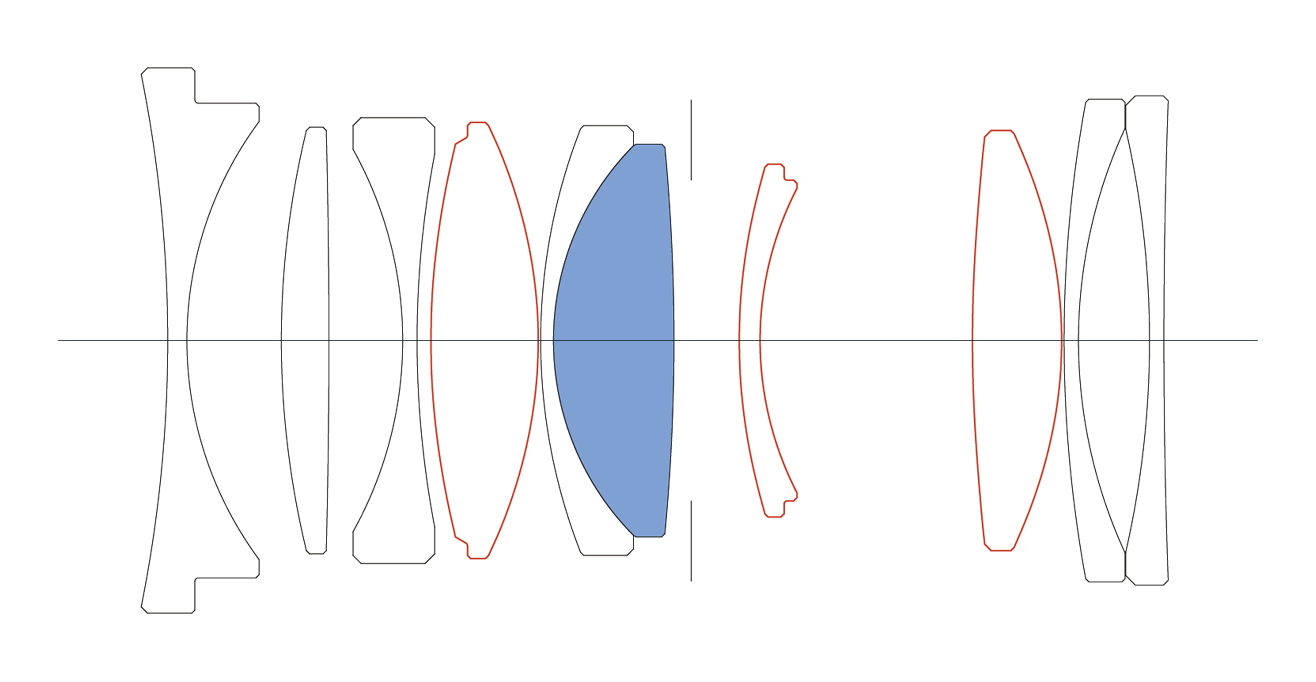

|
|
|
|
MTF CHART
The MTF (Modulation Transfer Function) is one of the measurements for evaluating a lens’ performance, and it shows how faithfully the contrast of the subject can be reproduced on the image plane. The horizontal axis shows the image height (distance from the center of the image in mm) and the vertical axis shows the contrast value (maximum value is 1).
The closer the 10 line pairs/mm curve is to 1, the higher the contrast and clarity of the lens is, and similarly, the closer the 30 line pairs/mm curve is to 1, the better the resolution and sharpness of the lens is.
*The MTF chart depicts the result at the wide-open aperture.
*For mirrorless lenses that support distortion correction, the horizontal axis shows the image height equivalent to when an L-Mount lens is attached to a Sigma L-Mount camera with distortion correction applied. (The effect of distortion correction may differ depending on the mount and camera used.)
*The spatial frequency indicates the variation on the image plane before distortion correction is performed.
|
Spatial frequency |
S:Sagittal Line |
M: Meridional Line |
|
10lp/mm |
|
|
|
30lp/mm |
|
|
DIFFRACTION MTF
DIFFRACTION MTF
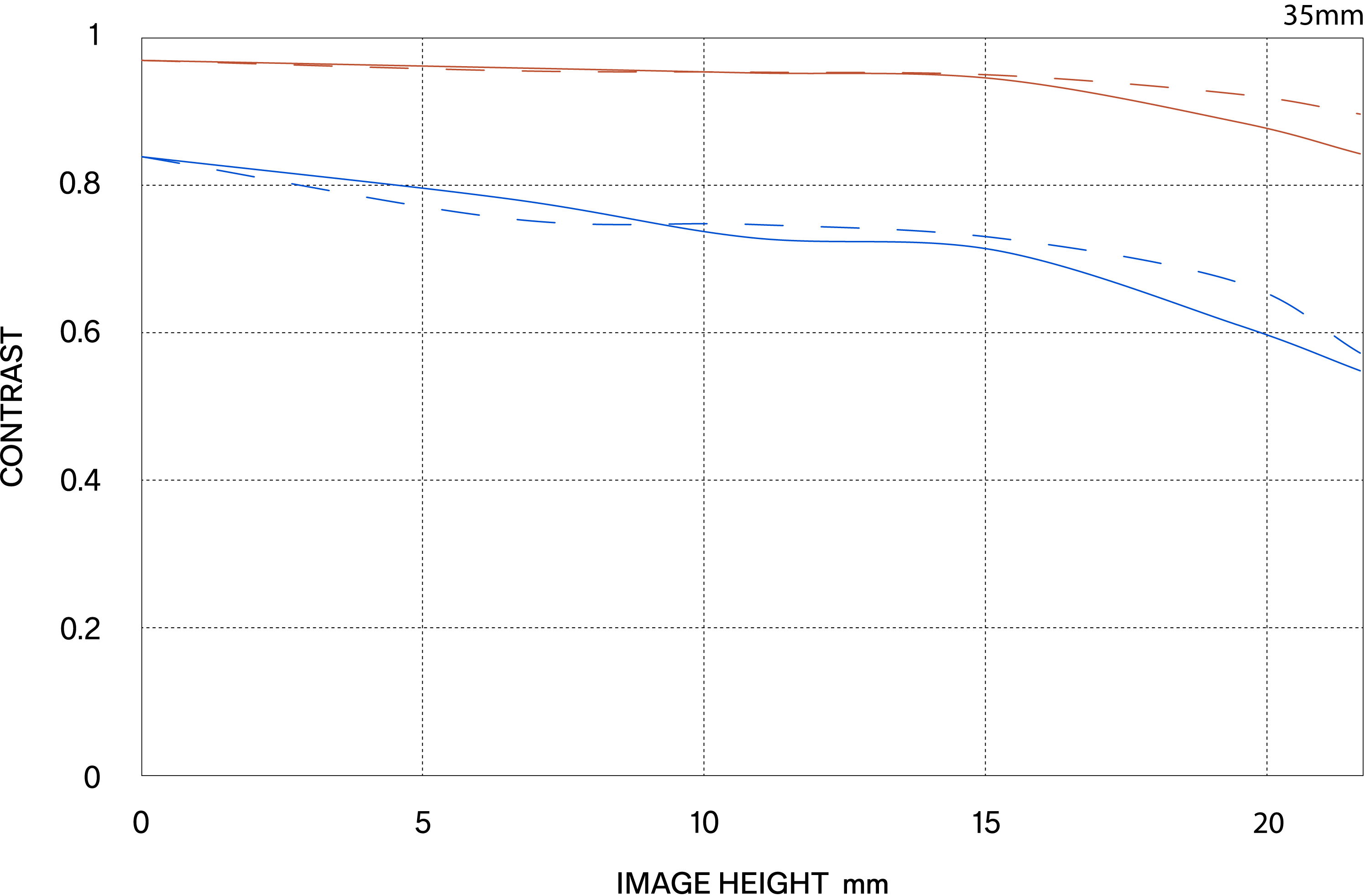

GEOMETRICAL MTF
GEOMETRICAL MTF
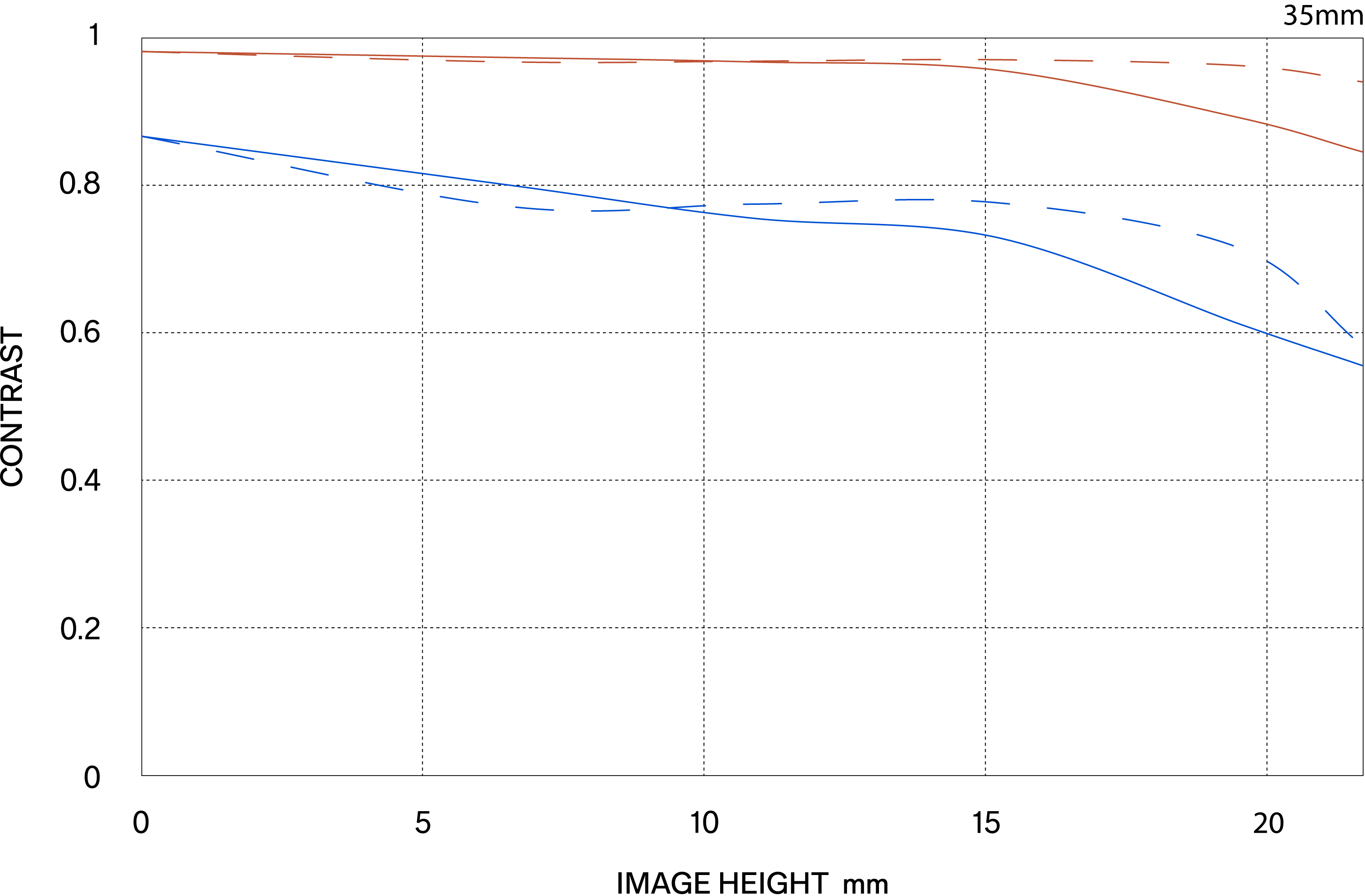

Stepping Motor
The lens is capable of smooth, quiet and high-speed AF made possible by a stepping motor, as well as supports Face/Eye Detection AF and video AF.
Mount with Dust and Splash Resistant Structure
The lens mount incorporates rubber sealing to protect the mount from dust and water drops.
Aperture ring
Aperture ring, designed to help users work intuitively
Focus Mode Switch
Using this swich, it is possible to switch the focus mode between AF and MF.
Linear focus / Non-linear focus (for L-Mount only)
A focus movement method of interchangeable lenses for mirrorless cameras (DN lens) in relation to the rotational angle of the focus ring during manual focusing.
With "non-linear focus," the amount of focal point movement varies depending on the focus ring rotational speed.
With linear focus, if the focus ring rotational angle is the same, the amount of focal point movement remains the same regardless of the focus ring rotational speed.
High-precision, rugged brass bayonet mount
The brass mount combines high precision with rugged construction. Its treated surfaces and enhanced strength contribute to the exceptional durability of the lens.
Rounded diaphragm
The polygonal shape of a conventional iris dia phragm causes out-of-focus light points to appear polygonal. A rounded diaphragm is designed to pro duce rounded out-of-focus light points when opened to near maximum aperture. This creates attractive bokeh effects in many situations, such as when pho tographing a subject against an out-of-focus surface of water from which light is being reflected.
Exclusive low-dispersion glass
The degree to which light is refracted by glass depends on the light's wavelength. This fact causes different colors of light to focus at slightly different points. The result is chromatic aberration, the color fringing that is particularly noticeable in telephoto lenses. Most chromatic aberration can be removed by combining a high-refractivity convex lens element with a low-refractivity concave element. Yet residual chromatic aberration known as "secondary spectrum" may still remain. To minimize this secondary spectrum, which can be a serious issue with conventional lenses, SIGMA lenses feature up to three types of exclusive low-dispersion glass offering superior performance: ELD (Extraordinary Low Dispersion), SLD (Special Low Dispersion) and FLD ("F" Low Dispersion). In particular, FLD glass offers ultra-low dispersion in combination with high transmittance and the anomalous dispersion characteristics of fluorite. Meticulous deployment of these types of exclusive low-dispersion glass and optimization of power distribution gives SIGMA lenses superlative image rendition undiminished by residual chromatic aberration.
Lens construction: 10 elements in 9 groups, with 1 SLD glass and 3 aspherical lenses
Compatible with high-speed autofocus
Lens Hood
Compatible with SIGMA USB DOCK UD-11 (sold separately / for L-Mount only)
Designed to minimize flare and ghosting
Supports DMF, AF+MF
Inner focus
9-blade rounded diaphragm
High-precision, durable brass bayonet mount

